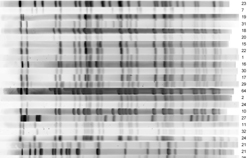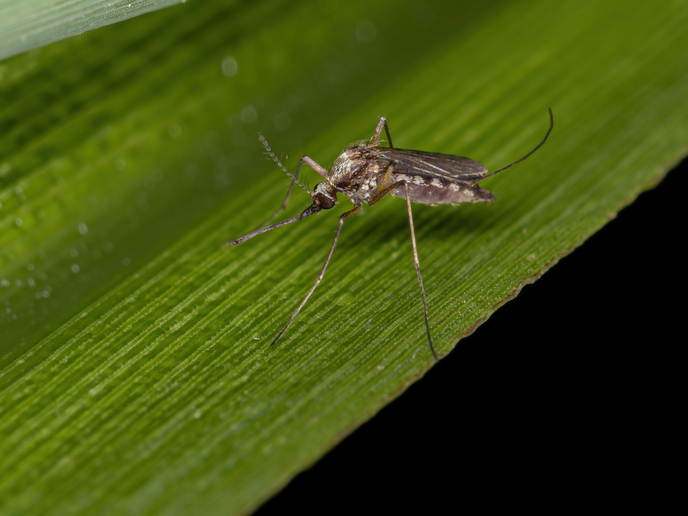Keeping deadly bacteria off the dinner plate
Mycobacterium avium subspecies paratuberculosis (Map) is responsible for significant livestock losses across Europe. More recently, it has come to light that Map has spread to non-ruminant species. The PARA-TB TRANSMISSION project, which investigated Map in nearly 15 different types of animals, could not have come at a more opportune time. Infectious disease experts with the Moredun Research Institute (MRI) in the United Kingdom took part in the research. They performed a genetic analysis of Map samples obtained from the different species in a variety of locations. Methods including Amplified fragment length polymorphism (AFLP), Restriction fragment length polymorphism followed by hybridisation to IS900 (IS900-RFLP) and Pulsed-field gel electrophoresis (PFGE) were employed. The result was a collection of well over 200 isolates. MRI subsequently analysed the isolates in relation to the geographic origin and type of species from which the Map was taken. While some isolates were in fact associated with one particular animal, the MRI scientists were unable to establish the existence of any species-specific strains of Map. On the other hand, the discovery of similar types of Map in different species suggested the potential for transmission between species. Furthermore, common genetic material was also detected in the Map of up to four different types of animals hailing from the same region. However, MRI advocates further research before any definitive conclusions can be drawn. Figure caption:Dendogram showing genetic relationships between the Map isolates in the study.







